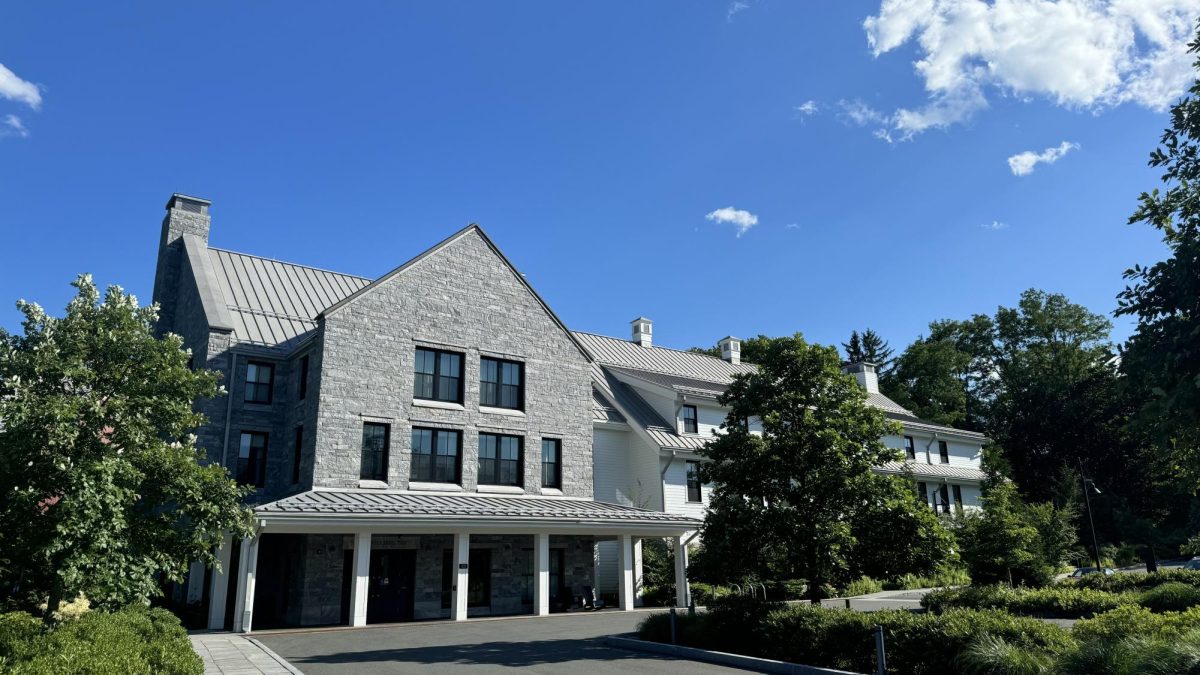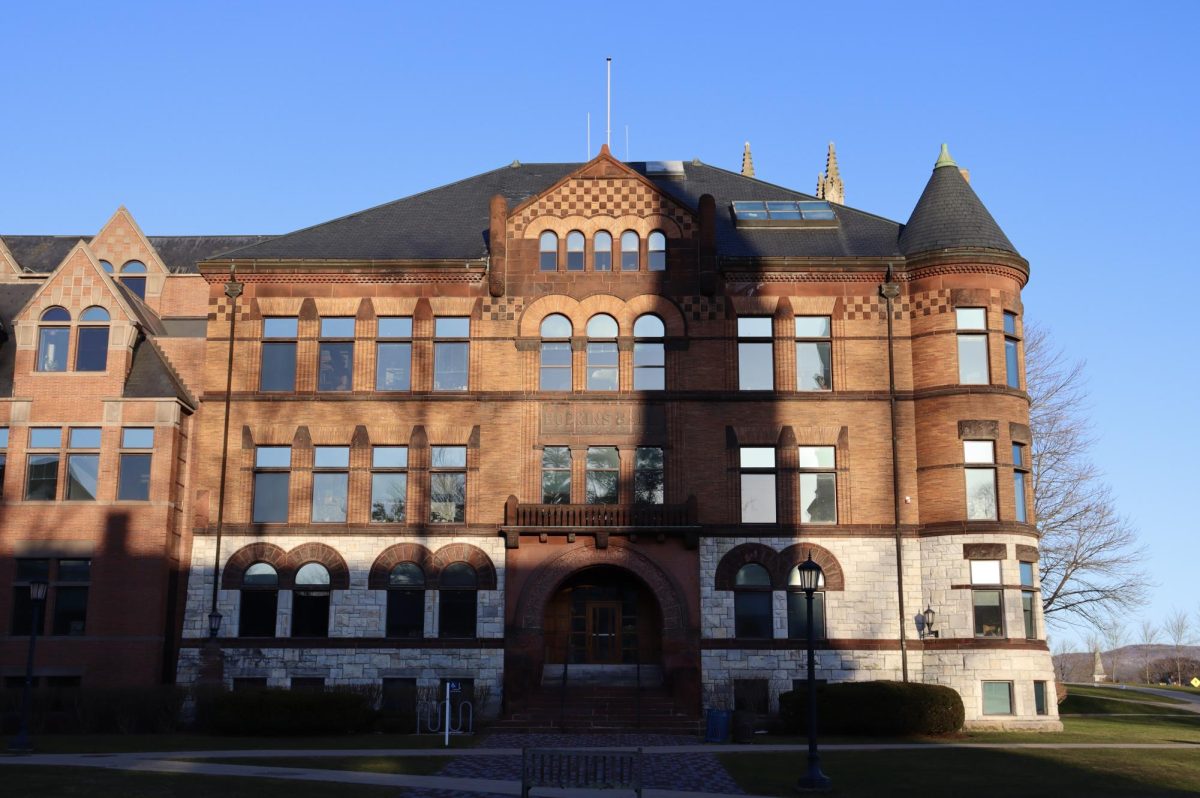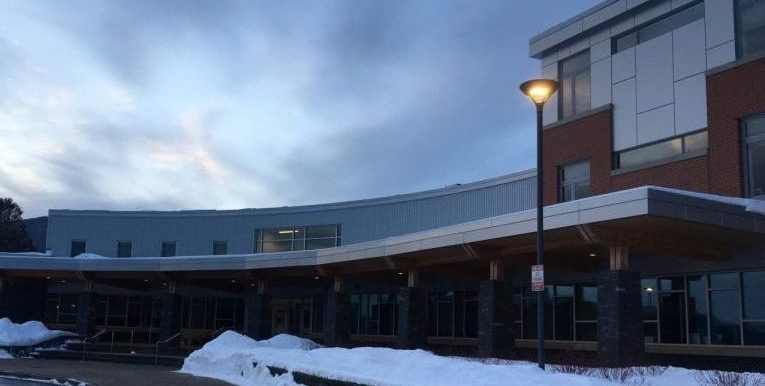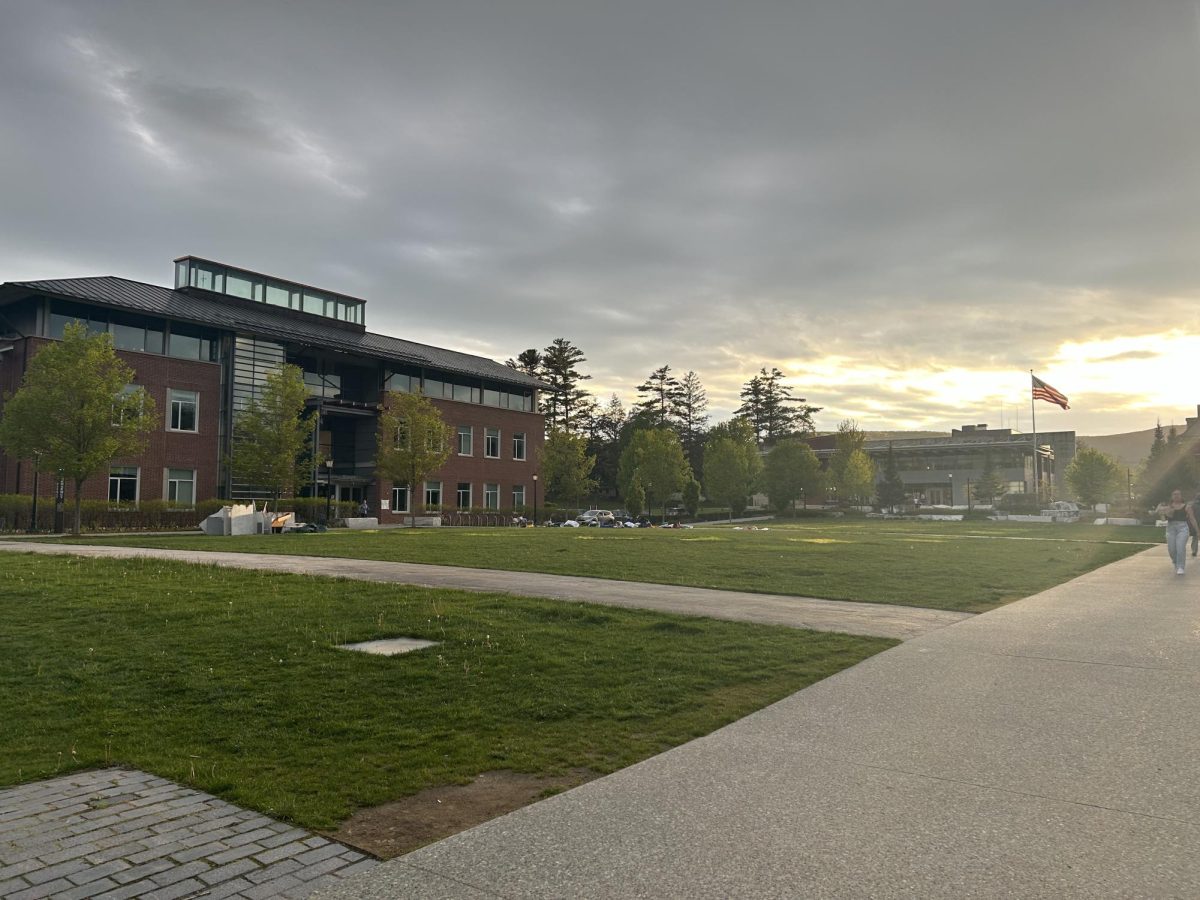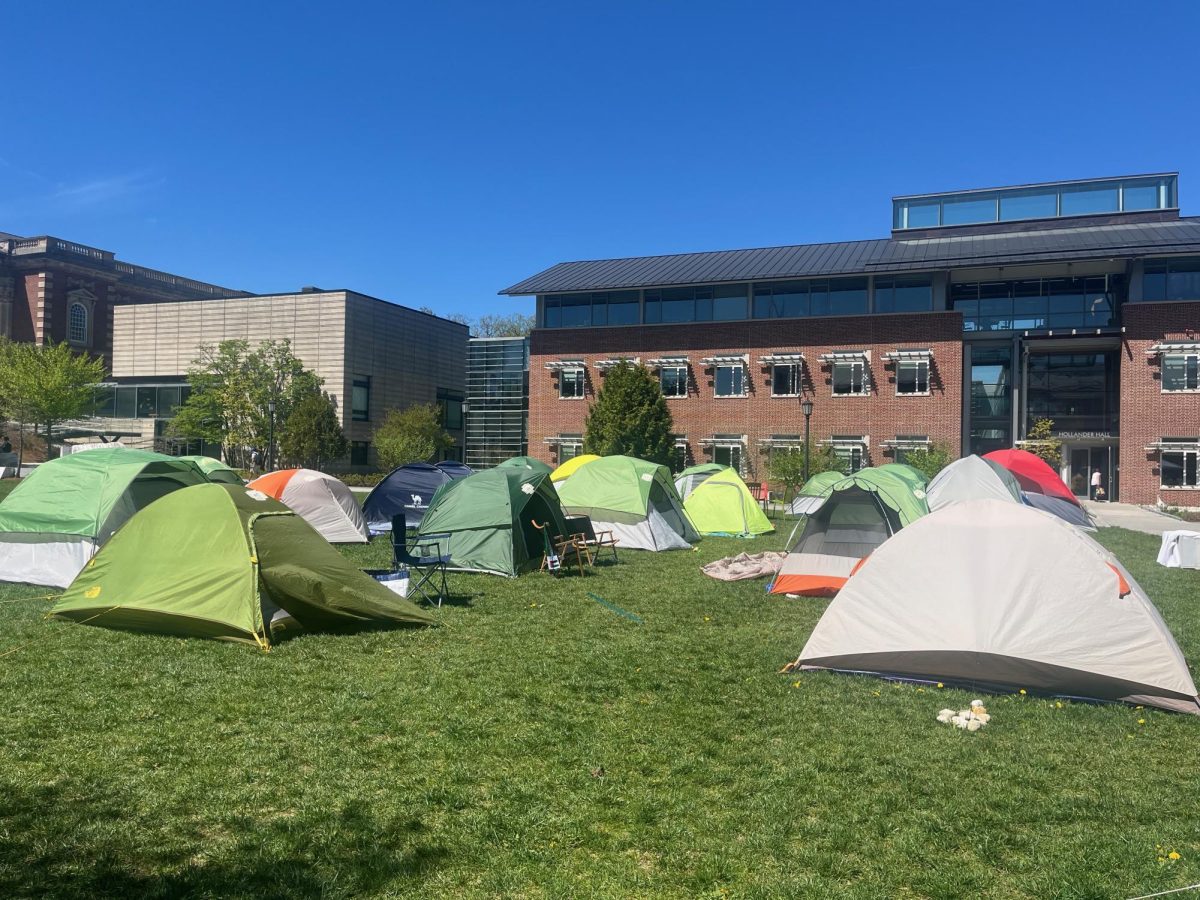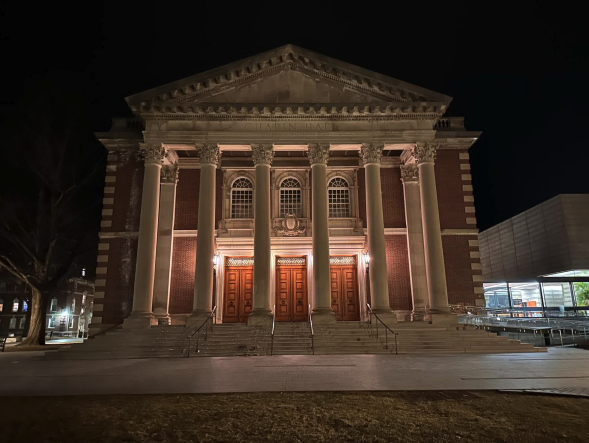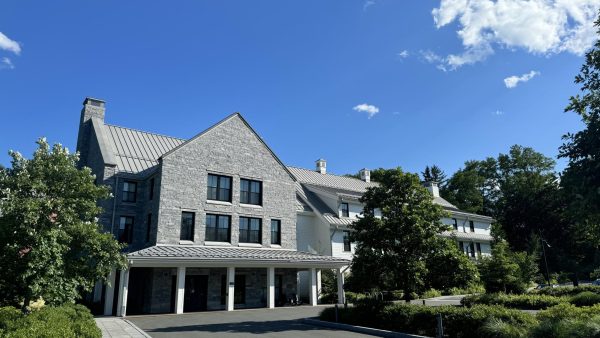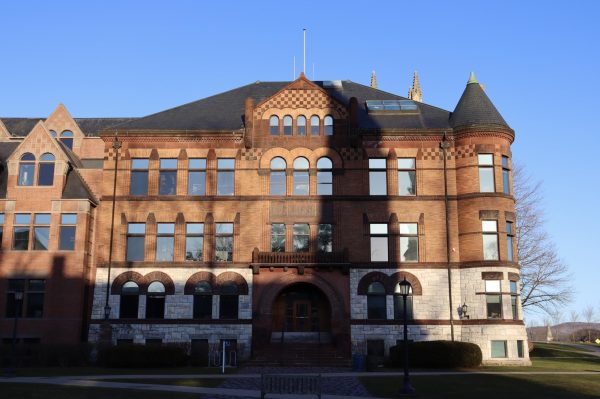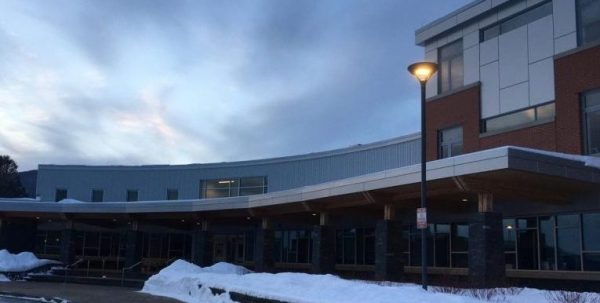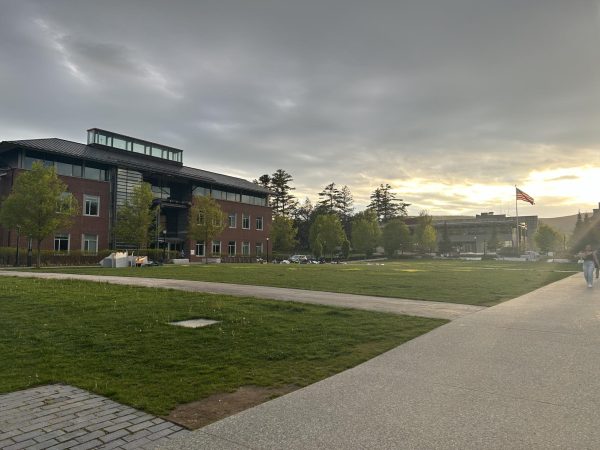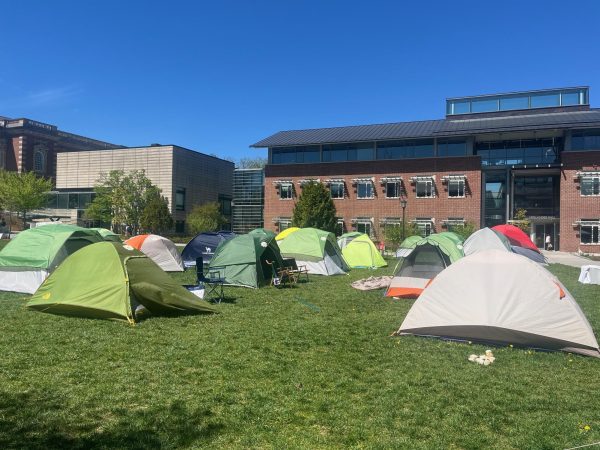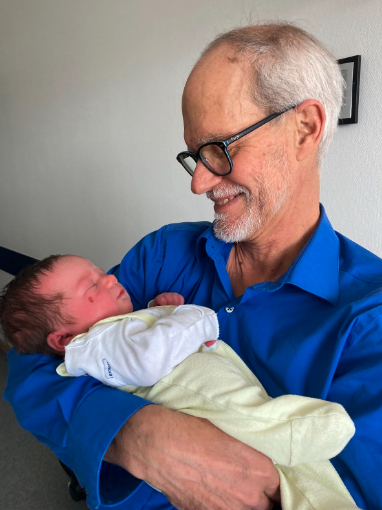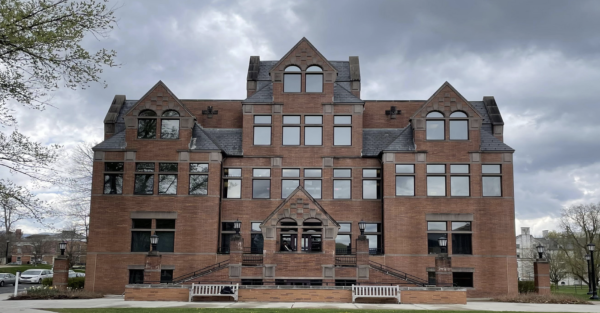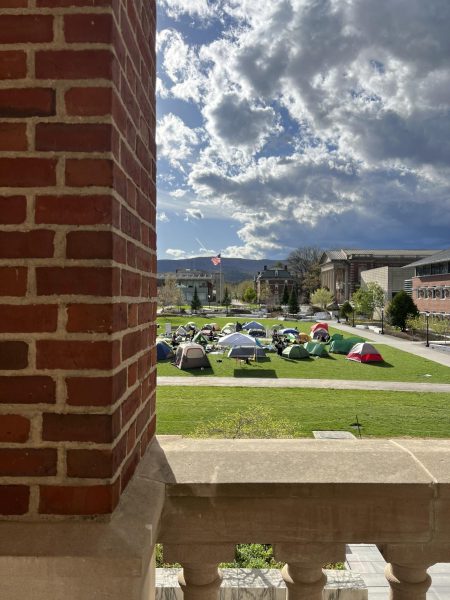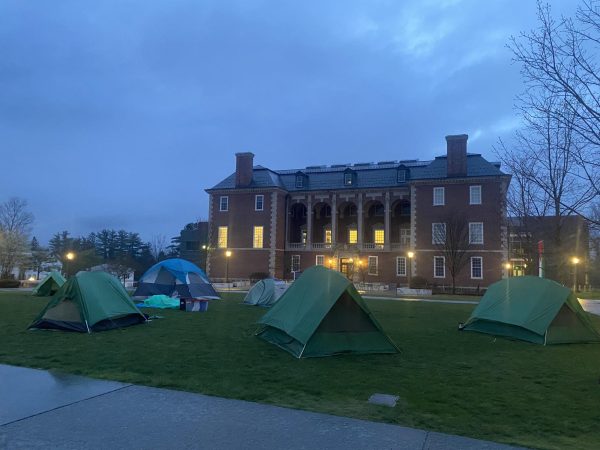Town solicits residents’ input for upcoming comprehensive plan
October 19, 2022

Williamstown residents gathered at an interactive open house on Thursday to share thoughts and concerns that will inform Envisioning Williamstown 2035, a long-term comprehensive plan for the Town. The plan, to be released by May 2023, will serve as the Town’s “official blueprint” for action “related to land use, infrastructure, and community development” over the next 10 years, according to its website.
Director of Community Development Andrew Groff and co-Chair of the Williamstown Comprehensive Plan Steering Committee Stephanie Boyd planned and hosted the event at the Williamstown Youth Center alongside Steve Whitman and Liz Kelly, two members of the New Hampshire-based consulting group Resilience Planning and Design.
“This is the midpoint of the [comprehensive planning] project but really the start of community engagement,” Kelly said. “People can come and just share any thoughts they have. We’ll have much more targeted, smaller events as we move along in the planning process.”
At eight stations spread across the room, attendees could read information about a specific topic from the Town’s Existing Conditions Report, which the Town released on Oct. 5. These topics included historic and cultural resources; transportation; land use; housing; parks, open space, and recreation; public facilities and services; economic development; and natural resources.
Attendees could also fill out sheets with relevant discussion questions at every table. For example, the questionnaire at the land use table asked residents what they thought of the current density of development in the Town center and in rural areas, and the housing questionnaire asked what types of housing Williamstown should prioritize offering to residents.
Groff said that the organizers intentionally picked an open-forum structure. “We do a lot of these formal, public hearings where everybody sits at the table and gets up to the microphone [to speak] — that’s not a welcoming format,” he said. “The whole idea with this is, ‘Let’s get people in, walking around, talking to each other, listening to their friends and their neighbors and their other community members, really discussing what … they want for the future of Williamstown.’”
Two bulletin boards positioned by the event’s entryway asked the questions: “How could Williamstown become a more environmentally sustainable and resilient community?” and “How could Williamstown become a more equitable and inclusive community?” Sustainability and community resilience, as well as diversity, equity, and inclusion, will serve as the guiding frameworks for the comprehensive plan, according to Boyd.
Attendees were encouraged to write their answers to the questions on Post-it Notes and share them anonymously on the boards. Suggestions for increasing equity and inclusivity in Williamstown included “more affordable housing,” “reparations towards the Stockbridge-Munsee Mohican people,” and “[Diversity, Equity, and Inclusion] DEI training across all [Town government] boards and committees.” Residents also wrote that “more bike paths,” “better sidewalks on Route 7,” and “accessible contractors for home energy upgrades” could improve the Town’s sustainability.
Four members of Associate Director and Lecturer in Environmental Studies Sarah Gardner’s class “Environmental Planning Workshop: Community-Based Project Experience” — who chose to work on the Town’s comprehensive plan for a class project — also helped facilitate the event and welcomed Town residents upon their arrival. In the coming weeks, the students will continue assisting with community outreach by speaking with middle and high school students, along with senior citizens and low-income Town residents, according to Sean Morrissey ’24, one of the group project’s participants.
Town resident Joe Bergeron attended the event with his children, who are 7, 9, and 10 years old. “This is the first time where I’ve been able to bring my kids in, to have them explore all the different things that make up Williamstown,” Bergeron said. “It’s helpful to give them that exposure, because normally things are handled in the context of an evening meeting, in a fairly stilted, awkward environment.”
Wendy Penner, chair of the Williamstown CO2 Lowering (COOL) Committee, which promotes sustainable living practices in Williamstown, attended the event and shared her perspective on how the Town can align its comprehensive plan with the COOL Committee’s net-zero work.
Penner suggested the Town create the position of Town sustainability coordinator, increase the efficiency of its buildings, and research how it can generate energy locally through sustainable means.
Penner felt less qualified to comment on other issues, though she was eager to learn about them from other Town residents. For example, Penner said, she spoke to many other attendees about their priorities concerning land preservation. “That’s really important, but I don’t know what the Town should be doing in the next 10 years,” she said. “I might have some ideas, but I’m not as steeped in that as some of the people who really know about it.”
Although many residents attended the open house, those who did not are encouraged to share answers to the same questions through an online survey before Nov. 15. Once the survey has closed, Kelly and Whitman will compile all of the responses.
“We’ll synthesize that and try to tease out the themes, as well as some really specific comments that might have come across that tell us something about what we should be better understanding or further investigating,” Whitman said. The results of the forum will be shared with the community around the end of the calendar year, Kelly added.


